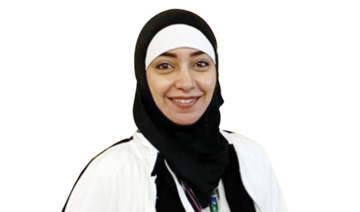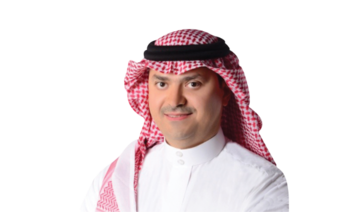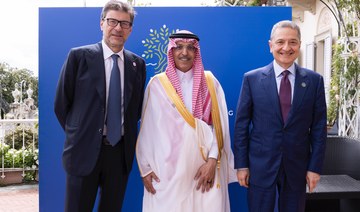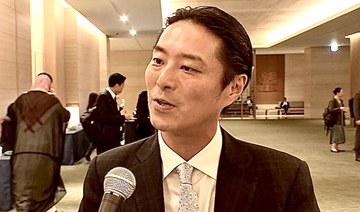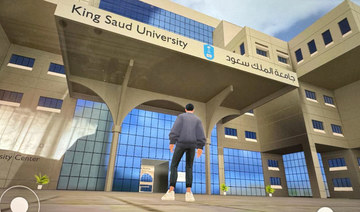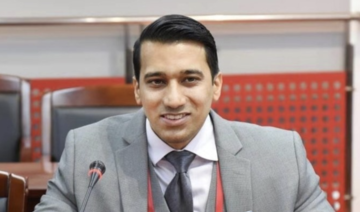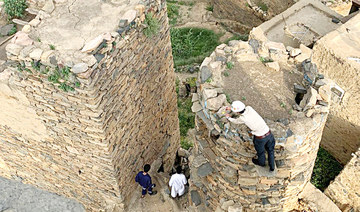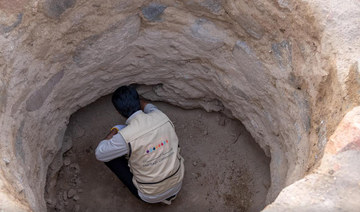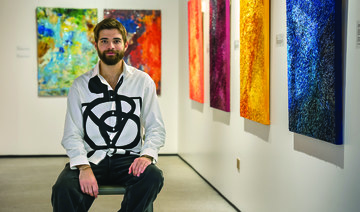Dr. Mounira Jamjoom is a Saudi entrepreneur, education expert and author who specializes in building and improving teacher capacity.
Jamjoom is the co-founder and CEO of Emkan Education, a consultancy and education development company which provides services to public and private institutions, including school operators, educators and investors.
She also founded Aanaab.com, a digital platform with resources and training courses for teachers and educators in the Arab world.
Jamjoom has a wealth of experience in education in Saudi Arabia and has written extensively on the subject, including two books.
She is a member of the sixth class of Middle East Leadership Initiative Fellows and the Aspen Global Leadership Network.
She previously served as assistant governor in the Kingdom for the Evaluation, Training and Education Commission.
Jamjoom has experience as a senior research specialist with the Booz & Company’s Ideation Center, a Middle East think tank.
She also serves as a member of the board of trustees at Dar Al-Hekma Women’s University in Jeddah.
Previously, she was an advisory board member of the Technical and Vocational Training Corporation for women and a member of the National Childhood Committee in the Kingdom. She is also a board member of several schools and academies.
Jamjoom holds a Ph.D. in education from Oxford University, a master’s degree from Columbia University and a bachelor of arts in special education from Dar Al-Hekma University. She is a fellow at the Owner President Management program at Harvard Business School.
Dr. Mounira Jamjoom, Saudi entrepreneur, education expert and author
https://arab.news/jgce3
Dr. Mounira Jamjoom, Saudi entrepreneur, education expert and author
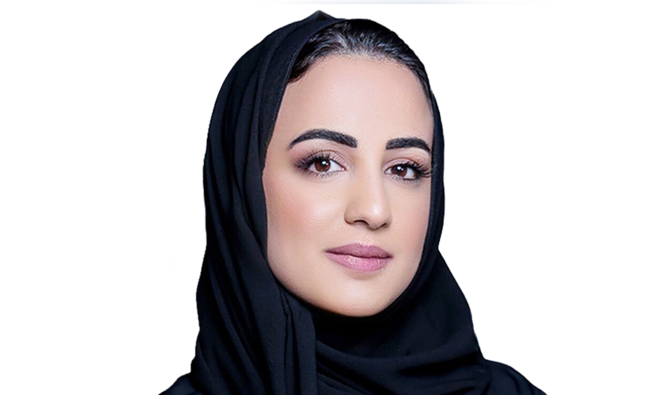
- Jamjoom founded Aanaab.com, a digital platform with resources and training courses for teachers and educators in the Arab world
MoU signed to revive cultural sites in Kingdom
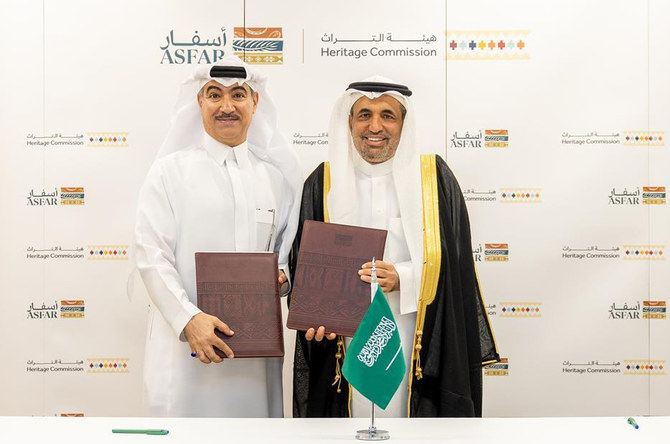
RIYADH: The Heritage Commission and ASFAR, Saudi Arabia’s tourism investment company fully owned by the Public Investment Fund, signed a memorandum of understanding to enhance visitor experience at cultural heritage sites in the Kingdom.
Heritage Commission CEO Jasser Al-Harbash and ASFAR CEO Fahad bin Mushayt attended the signing, the Saudi Press Agency reported on Sunday.
The agreement aims to improve operational efficiency, enhance cooperation, develop plans, refine designs, and establish operational models for heritage sites across Saudi Arabia.
The commission highlighted the importance of partnerships in its commitment to developing the national heritage and archaeology sector, aligning with the goals of Saudi Vision 2030.
ASFAR plays a crucial role in shaping the Kingdom’s tourism sector through investments in tourist destinations, historical and cultural sites, SPA said.
The company aims to raise the prominence of Saudi cities on the tourism map by collaborating with public and private sectors.
Young volunteers serve Iraqi pilgrims at Arar border
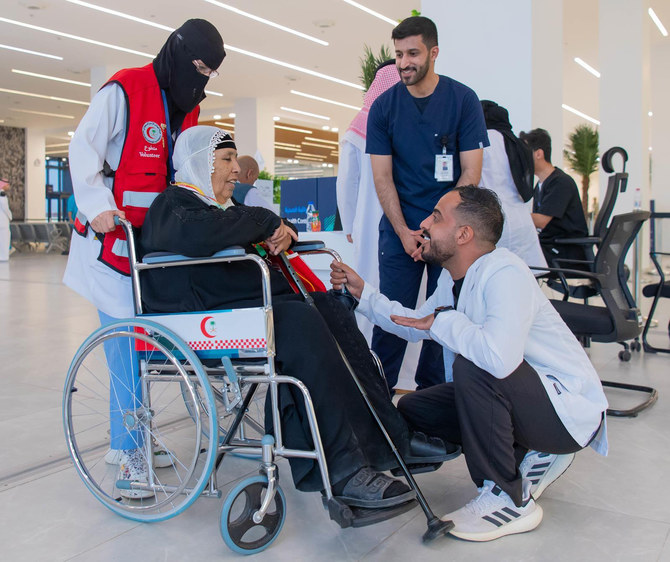
RIYADH: The spirit of volunteerism thrives in the Northern Borders region, where young men and women play an important role in welcoming pilgrims arriving from Iraq through the Jadidat Arar border crossing.
More than 80 volunteers affiliated with the Ministry of Human Resources and Social Development, Northern Border University, the Saudi Red Crescent, the Arar Chamber of Commerce and other organizations, have stepped up to serve the pilgrims.
Their dedication has been evident since the arrival of the first groups of pilgrims, the Saudi Press Agency reported on Sunday.
Tasks include assisting the elderly, providing guidance and hospitality in the designated pilgrim city, and helping with entry procedures and basic health-related tasks, such as taking vital signs.
Several volunteers, some with years of experience, expressed the deep sense of fulfillment that comes from giving back. They view their service as a way to honor their faith, serve their country, and contribute to a smooth and comfortable pilgrim experience.
They also commended government agencies for making their tasks simpler by creating a seamless and flexible work environment.
King Saud University signs academic agreement with University of Tokyo
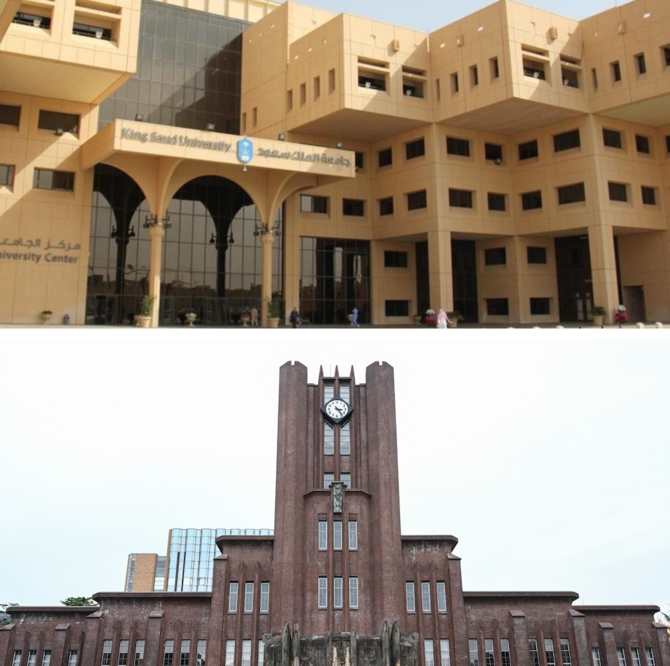
TOKYO: King Saud University and the University of Tokyo have signed a memorandum of understanding to strengthen academic collaboration in physics, chemistry and Earth sciences.
The MoU was signed by the acting rector of King Saud University, Dr. Abdullah Al-Salman, and the president of the University of Tokyo, Dr. Teruo Fujii, in the presence of the director of Prince Mohammed bin Salman Center for Future Science and Technology, Dr. Hiroaki Aihara.
This collaboration is a major milestone in fostering future partnerships between the two universities.
The Prince Mohammed bin Salman Center, based at the University of Tokyo, will play a crucial role in enhancing and advancing this cooperation.
Ancient castles in Sabya governorate reflect architectural heritage
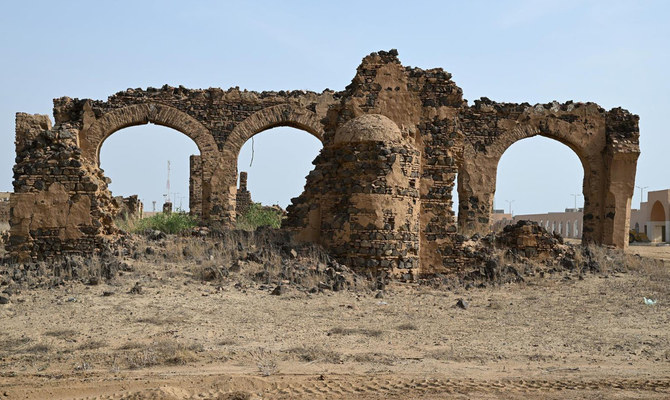
- The Sabya Archaeological Castle has origins that date to the early 20th century
RIYADH: The Sabya governorate in the Jazan region is a treasure trove of archaeological wonders, each with its own unique story.
Among these is the Sabya Archaeological Castle, whose origins date to the early 20th century. The castle, steeped in history, is a must-visit for any archeology enthusiast or researcher.
The castle is situated near Sabya Avenue, within King Fahd Park. It is part of the present city of Sabya, which offers a view of Wadi Sabya.
The Sabya Archaeological Castle, an architectural marvel, boasts spacious rooms with high ceilings and thick walls. The walls, adorned with beautiful geometric and floral patterns, are a testament to the skill of the craftsmen who built them.
Local materials such as volcanic stone, wood, and limestone were used during construction. Some accounts suggest that the clay used in making bricks was sourced from the banks of Wadi Sabya.
The use of volcanic stones of various sizes and shapes in particular gives the castle a unique and captivating beauty. The stones were obtained from volcanoes near the city, including Jabal Akwa, located a short distance northeast of Sabya.
The mosque, situated north of the castle, was also constructed using the same building materials as the castle and other structures in the area. It was intended for prayers and gatherings of religious leaders, dignitaries, and the people of Sabya. Its mihrab, or prayer niche, still stands despite some damage.
Some accounts suggest the presence of remains of other buildings in the vicinity of the castle, opening the possibility of conducting archaeological excavations to reveal more secrets about this site.
The Kingdom’s Heritage Commission is diligently working to preserve the Sabya Archaeological Castle, recognizing its significance as one of the most important archaeological sites in the Jazan region.
Artist captures Saudi charm with digital works
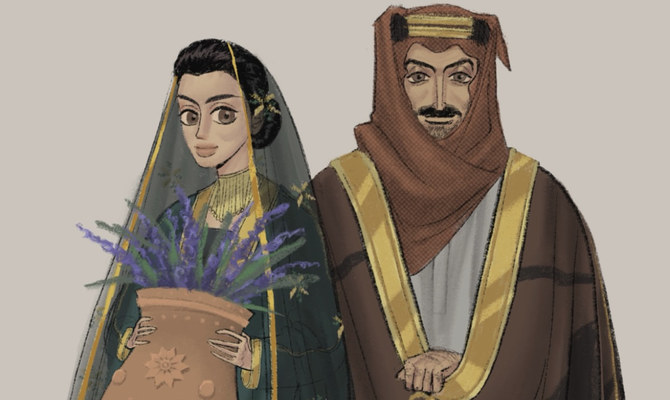
- Ghada Al-Shammari says art can be a means to showcase nation’s rich heritage
RIYADH: Timeless Arabic songs and heartfelt poetry provide the inspiration for Ghada Al-Shammari’s digital art, which showcases the Kingdom’s culture and society.
Al-Shammari's first artwork in 2017 was inspired by a popular Saudi song by Majed Al-Esa called “Hwages,” which means “concerns” in English.
The music video provided a comment on society by using satire, showcasing women driving cars, skateboarding, and playing basketball — activities that at the time were not easily accessible for women.
“I liked how they portrayed women in the traditional Saudi abaya, which motivated me to draw it,” Al-Shammari told Arab News.
For one of her artworks Al-Shammari was inspired by a poem by literary icon Prince Badr bin Abdul Mohsen and popularly performed by the late Saudi singer Talal Maddah.
The drawing depicts a man glancing at a woman who has her eyes downcast, with an oud instrument between them, and the 1980 song title “Forgive Me” written in Arabic text above the illustration.
The Saudi artist said that she tries to capture the poet’s feelings with her artwork, adding: “Romantic songs with descriptions of the poet’s beloved have been particularly inspiring for me.”
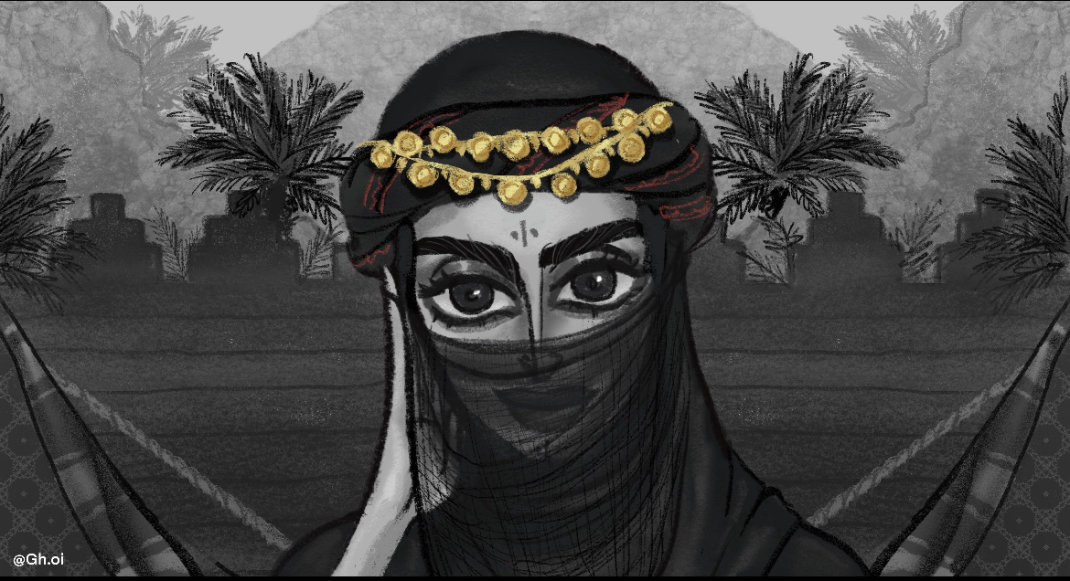
Al-Shammari draws inspiration from the beauty within the Kingdom’s culture. Many of her artworks depict women wearing traditional Najdi-style dresses and gowns with draping silhouettes and glimmering gold headpieces and turbans.
The men are depicted with striking features and wearing traditional garments like the head coverings called ghutra or shemagh, and bisht, the men’s cloak commonly worn in Saudi Arabia and other Gulf countries.
“Saudi culture and traditions have significantly impacted my work. Growing up, I used to think of Saudi Arabia as just what was around me in terms of environment, customs, and traditions,” Al-Shammari said.
When she moved from her hometown of Hafar Al-Batin to the capital Riyadh, Al-Shammari said her friendships and acquaintances showed her a new world of ideas that elevated her artistic vision.
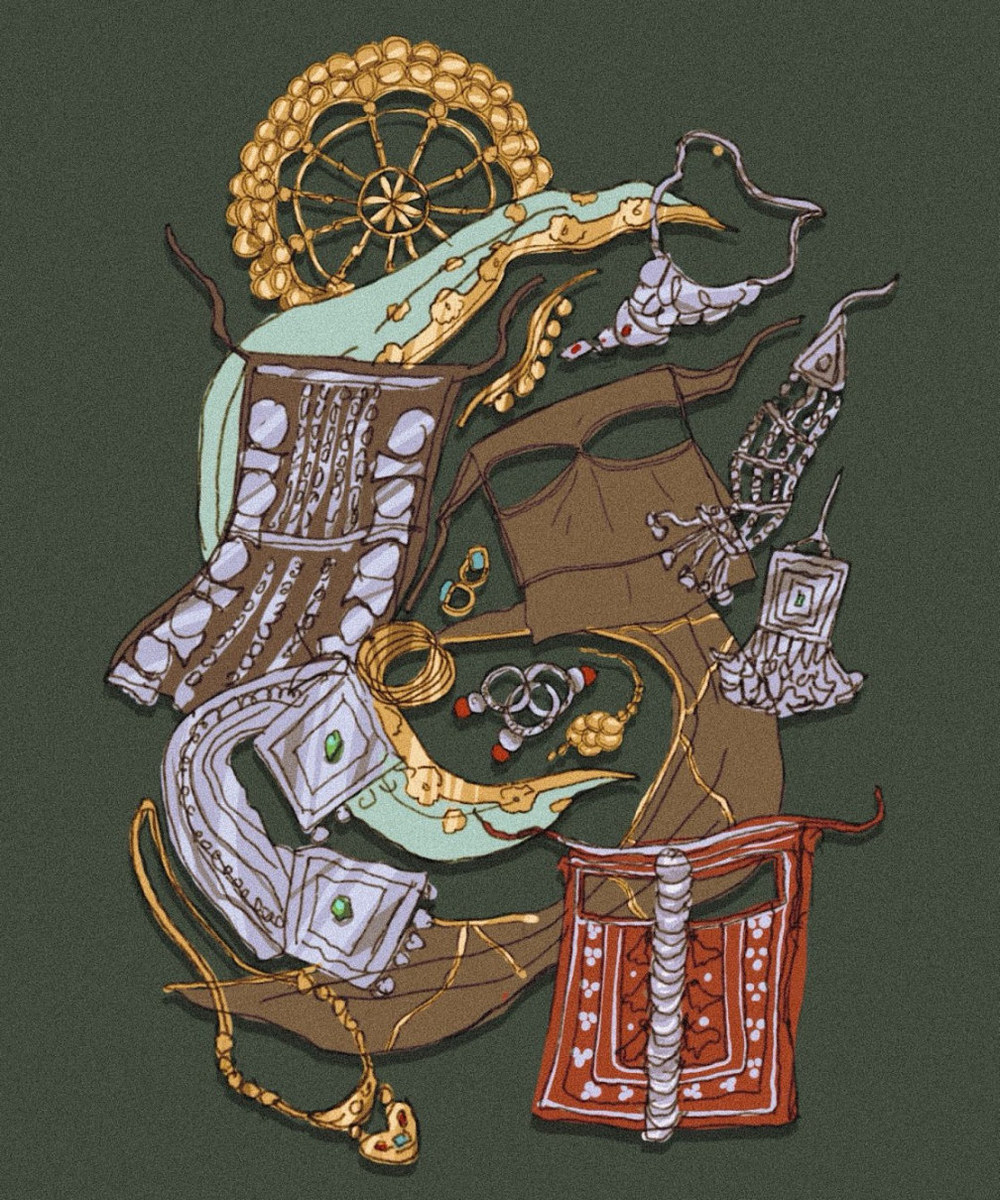
She added: “They shared stories about their region, important landmarks, and fascinating tales that were unique to their areas. This motivated me to learn more about my country and enjoy drawing the diversity and differences I discovered in my artworks.
“Saudi Arabia is full of exciting things, and its diversity is what fascinates me the most. Each region has its own heritage, traditions, architecture, and unique dialect, which makes me eager to learn more and create works that reflect this beautiful diversity.”
Al-Shammari said she selects particular color combinations to evoke the emotions she aims to convey, opting for brighter colors for her cheerful and vibrant works.
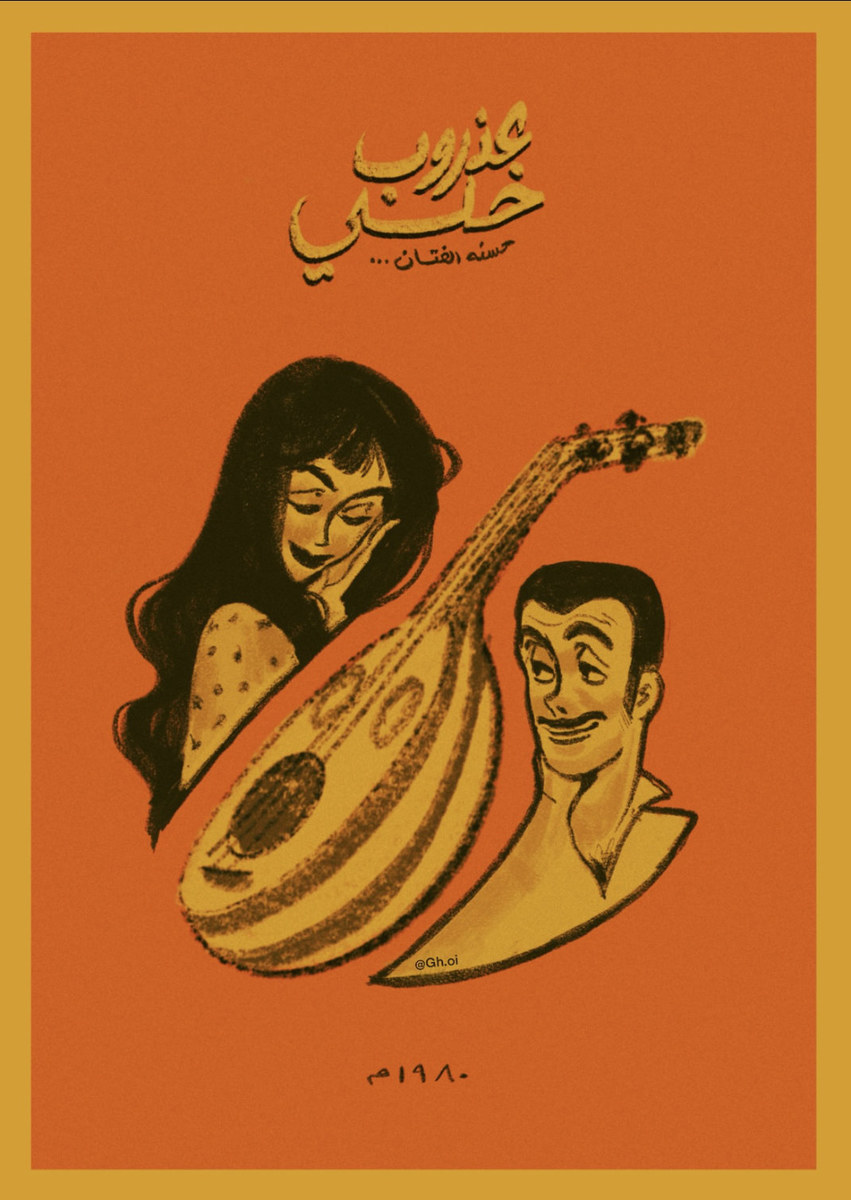
Al-Shammari graduated from the College of Arts and Design at Princess Nourah bint Abdulrahman University with a bachelor’s degree in fine arts.
She added: “Through this specialization, I discovered many artistic and historical aspects, learned about various artists, and got to understand their ideas and philosophies, which transformed my perspective of my work.”
Her love of art began as a child when she would draw characters from her favorite anime and cartoons.
“I started focusing on drawing from an educational perspective at the age of 12 through YouTube tutorials on drawing anime and cartoons, which sparked my artistic journey,” Al-Shammari said.
She added that art is important as it showcases the cultural aspect of a country and its heritage, conveying its history and traditions that help define life in the past and present.
She said: “It serves as a way to preserve and transmit this heritage from one generation to the next, seeking to document knowledge and memories.
“Additionally, from an economic standpoint, art is considered a means to attract tourists interested in discovering the country and its civilization.”
For more information on the artist, visit her Instagram @gh.oi.



